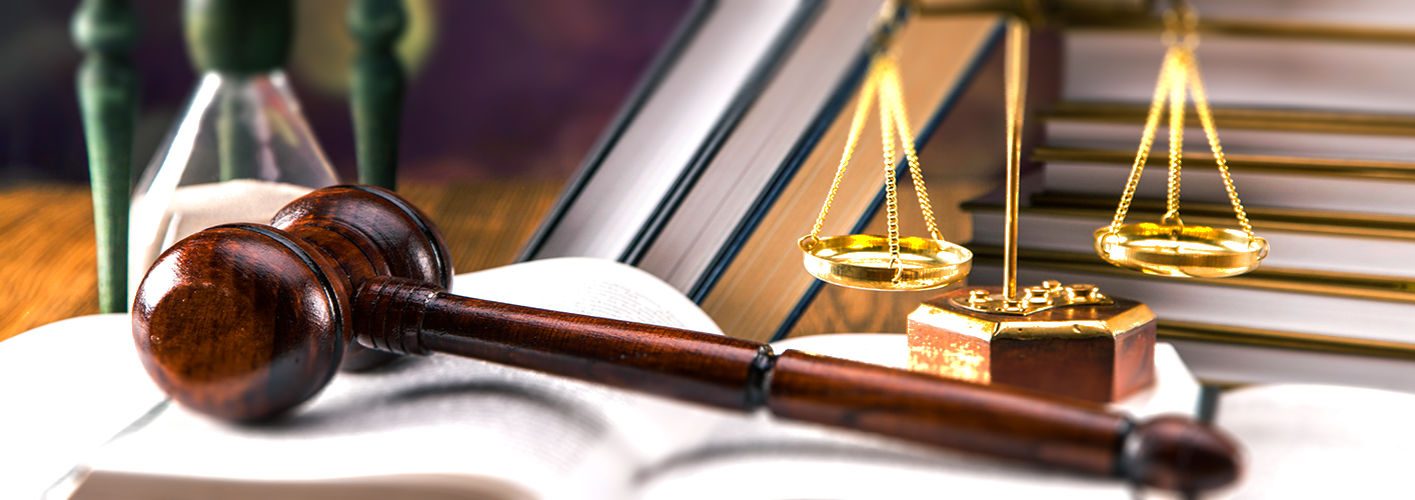Imagine you're involved in a fender bender at a busy intersection, and while the adrenaline rushes through you, gathering evidence becomes your top priority. You need to document every detail to support your case effectively. From police reports to eyewitness accounts, each piece of evidence plays a significant role. But what's the best way to guarantee you don't miss anything essential? Let's explore the five best strategies to gather evidence after a crash.
Key Takeaways
- Collect police reports and eyewitness statements for an objective overview and unbiased accounts of the accident.
- Capture photographic evidence of the scene, including vehicle damage, road conditions, and environmental factors.
- Document vehicle damage and road conditions, noting hazards like potholes and weather influences.
- Secure contact information from witnesses and encourage their cooperation with the police.
- Organize all collected evidence and consult with a personal injury attorney for legal guidance.
Collect Police Reports and Eyewitness Statements

After a crash, one of the most critical steps you can take is to collect police reports and eyewitness statements.
Police reports provide an objective overview of the accident, detailing essential information like date, time, location, and involved parties. These reports serve as invaluable evidence for your claims and legal actions, so be sure to obtain a copy promptly. Additionally, eyewitness statements can offer unbiased accounts that help establish fault. Gather names, phone numbers, and emails from witnesses, and consider recording their statements for accuracy. The sooner you collect this information, the better, as witnesses may become difficult to reach later. By securing both police reports and eyewitness statements, you're strengthening your case considerably. Furthermore, collecting evidence from the scene, such as photographs and measurements, can further bolster your claims. It is crucial to understand that navigating traffic laws can be complex, and having a lawyer can help ensure your rights are protected throughout the process.
Capture Photographic Evidence and Surveillance Footage
Capturing photographic evidence and surveillance footage is essential for building a strong case after a crash, as these visuals can provide irrefutable proof of what transpired.
Start by documenting the scene, including vehicle positions, road markings, and any injuries. Take multiple photos from various angles and distances, considering lighting conditions to assess visibility.
Document the crash scene meticulously, capturing vehicle positions, road markings, and injuries from various angles to ensure clarity and detail.
Next, seek surveillance footage from nearby businesses, public cameras, or dashboard cameras from involved vehicles. Don't forget to ask witnesses if they've recordings or photos.
Guarantee all digital evidence is preserved immediately to prevent loss or tampering. This thorough approach not only strengthens your case but also aids in understanding the incident better, making it invaluable for legal proceedings.
Document Vehicle Damage and Road Conditions
Documenting vehicle damage and road conditions is essential for establishing the facts of a crash. This evidence can greatly impact liability and insurance claims.
Here's what you should focus on:
- Exterior Damage Photos: Capture multiple angles of your vehicle and any other involved vehicles.
- Skid Marks and Tire Tracks: Photograph skid marks to demonstrate sudden braking and analyze tire tracks for further context.
- Road Condition Assessment: Note the road surface, including any hazards like potholes or debris that may have contributed to the accident.
- Environmental Conditions: Document weather, lighting, and any other factors that could affect visibility and road safety.
Taking these steps guarantees you collect thorough evidence that supports your case.
Don't overlook the details!
Secure Witness and Party Contact Information

Gathering contact information from witnesses and involved parties can greatly bolster your case following a crash. By calmly approaching witnesses, you can secure their full names, phone numbers, and email addresses for future reference.
This independent perspective is essential in establishing fault, as unbiased witness statements provide clarity. Confirm if they've spoken to the police and encourage them to cooperate with further inquiries.
Collect their statements immediately, using open-ended questions to capture detailed accounts while memories are fresh. Document everything formally, and consider recording their statements with permission.
Collect witness statements promptly using open-ended questions to ensure detailed accounts while memories are still vivid. Document everything thoroughly.
Express gratitude for their assistance, assuring them of how their information will be used. Their cooperation may considerably influence the outcome of your case.
Organize Evidence and Consult Professionals
When you find yourself involved in a crash, organizing the evidence you collect can greatly strengthen your case. Consider these steps to effectively manage your evidence:
- Document Physical Evidence: Take photos of the scene, damage, and any skid marks or debris.
- Compile Medical Records: Keep track of medical evaluations, treatments, and expenses related to your injuries.
- Engage Insurance Companies: Notify your insurance provider promptly and gather necessary information from all parties.
- Consult Professionals: Seek guidance from a personal injury attorney to help navigate legal procedures and organize your documentation.
Conclusion
After a crash, gathering evidence is essential for your case, and it can greatly impact your outcome. Did you know that 90% of personal injury cases settle before trial, often due to solid evidence? By following these steps—collecting reports, capturing photos, and organizing your information—you can strengthen your position. Don't underestimate the power of thorough documentation. It not only supports your claims but also gives you peace of mind as you navigate the aftermath of the accident.